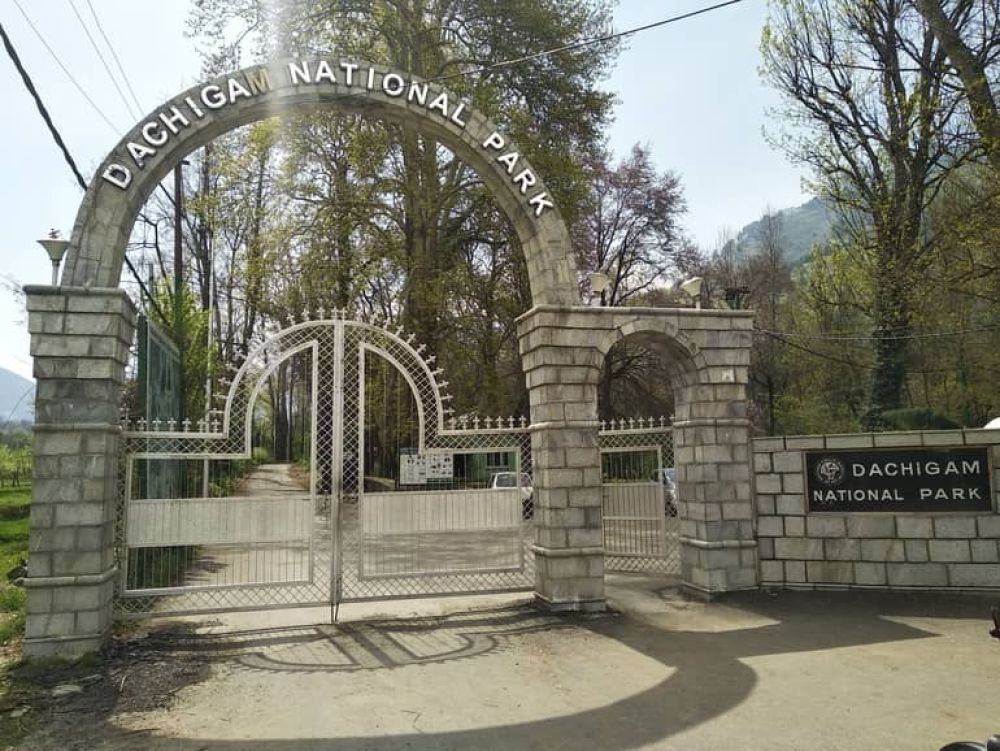

Located a mere 22 kilometers from the picturesque city of Srinagar in Jammu and Kashmir, India, the Dachigam National Park is a sanctuary of serene beauty and diverse wildlife. Spanning an area of 141 square kilometers, the park is home to an array of flora and fauna, including the rare and endangered Hangul or Kashmir stag.
The history of Dachigam National Park as a protected area dates back to the 1910s when it was established by the then Maharaja of Jammu and Kashmir, Hari Singh. It originally spanned over 141 square kilometers and was created to ensure the supply of clean drinking water to Srinagar city. The name 'Dachigam' translates to 'ten villages', which is a reference to the relocation of ten villages to create the park.
The park was later upgraded to a national park in the year 1981 with the primary objective to protect and conserve the endangered Hangul population. Since then, Dachigam National Park has become an integral part of India's conservation efforts and has witnessed growing interest among wildlife enthusiasts and researchers from around the world.
Initially, the park served more conservation and utility purposes rather than being a tourist attraction. However, as the awareness of its ecological significance and natural beauty grew, Dachigam started to gain popularity among tourists seeking to experience the pristine wilderness of Kashmir. Guided tours and wildlife safaris were introduced to facilitate the visitors.
Today, Dachigam National Park is not just an area for conservation but also an important tourist destination in the Kashmir Valley. It attracts tourists from across the globe, who come to witness its rich biodiversity. The park is split into two areas - the Upper and Lower Dachigam - both offering unique natural experiences.
In recent years, there has been a trend towards eco-friendly tourism. Visitors are more conscious about minimizing their ecological footprint and respecting wildlife habitats. The park officials promote sustainable tourism practices that are in line with conservation efforts.
Beyond the Hangul, the park hosts a variety of species like the Himalayan black bear, leopard, musk deer, and a diverse birdlife, including the Bearded Vulture and Griffon Vulture. The terrain varies from grasslands to dense forests and rocky outcrops, complemented by an impressive array of flora. The best time to visit is between the months of April to October, with the park's upper reaches accessible from May to August.
Dachigam National Park is open to visitors throughout the year, although certain areas may be restricted during winters due to heavy snowfall. Tourists can enjoy jeep safaris, nature walks, and wildlife photography, but all these activities are regulated to protect the natural habitat. For a more immersive experience, many prefer to visit during the Hangul breeding season to witness their majestic presence.
Visitors are encouraged to hire local guides to better understand the park's ecology and to ensure a safe and respectful visit to the park. It is important to follow the rules of the park to aid in the conservation efforts and ensure that Dachigam remains a sanctuary for future generations to enjoy.